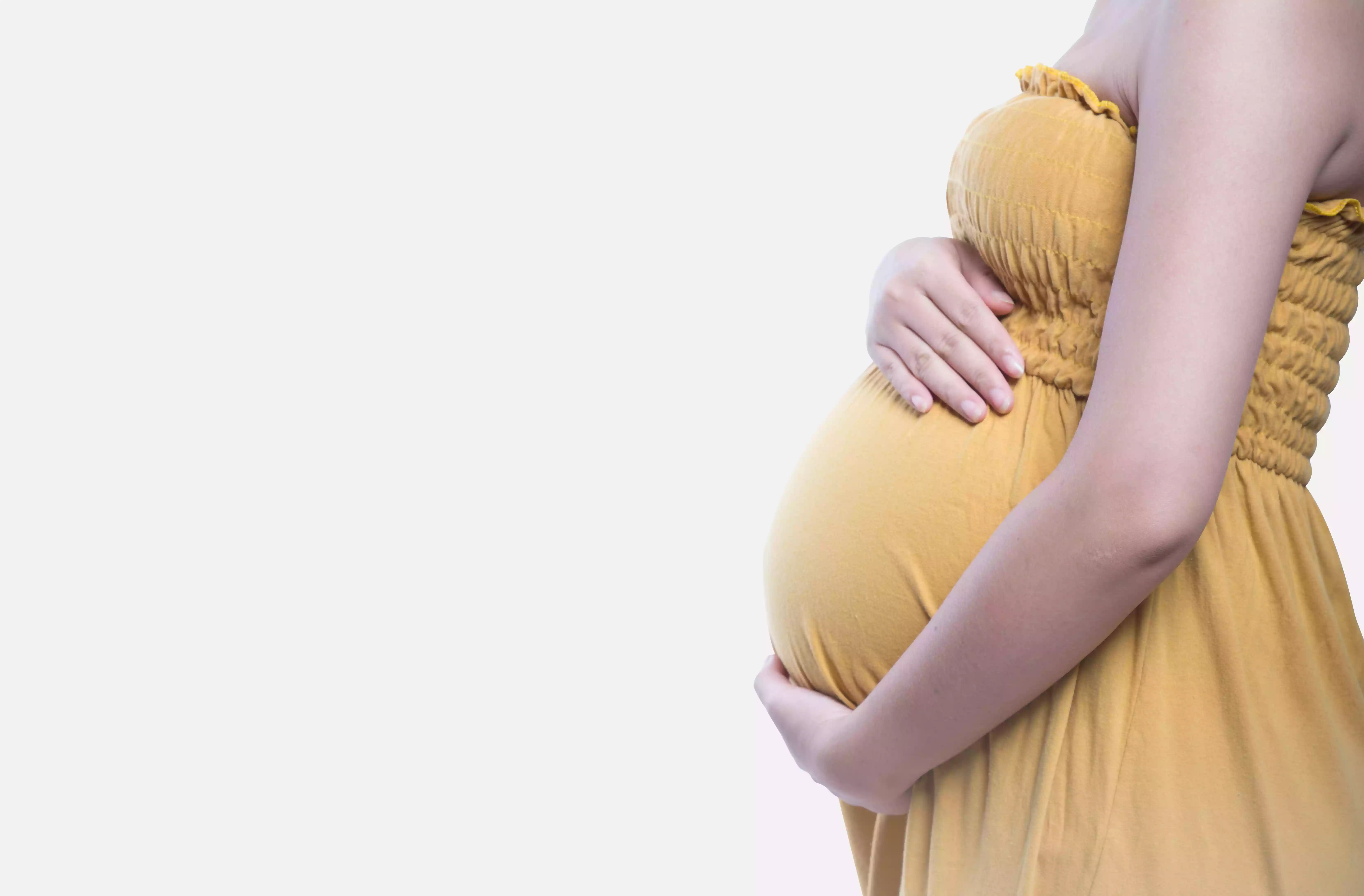
What are the Differences of Normal Birth and Cesarean Section?
- What are the Differences of Normal Birth and Cesarean Section?
- What is Normal Birth?
- What is Cesarean Birth?
- Why Should the Priority Be Preferred for Normal Birth?
- What are the Difficulties Experienced in Cesarean Birth?
- How to Provide More Comfortable Birth?
- Do Postpartum Stitches Cause Pain?
Birth is one of the most difficult and unique experiences to define pregnancy and is the most exciting part of pregnancy for expectant mothers. How is the delivery method? You may be at a loss as to the method and details of your birth, or you may be worried about the type of birth you have decided on. The first thing you need to remind yourself here is that women's health and baby's health are the most important in every birth.
What is Normal Birth?
This is the birth of a baby without surgical intervention. It takes about 14 hours for a baby to be born. However, normal birth can be terminated prematurely. After the baby's development is complete, the uterus begins to contract. When contractions start, 3 contractions are expected every 10 minutes. Therefore, the opening of the cervix begins gradually. When the opening reaches 10 cm, the process of taking the baby from the uterine tube begins and the process is completed after the placenta comes out of the uterine tube.
What is Cesarean Birth?
This is to remove the baby by cutting the mother's abdomen up to the placenta. General anesthesia or local anesthesia can be preferred. If normal delivery poses a threat to the baby and mother, cesarean section should be the first option. The baby is removed from the womb. The placenta is cleaned and the folds opened in the mother's womb are sutured. Cesarean section is a surgical operation.
Why Should the Priority Be Preferred for Normal Birth?
Unless otherwise requested, physicians should prioritize such deliveries. From the rapid healing of the sutures to the immediate formation of mother-baby bonds through breastfeeding, the advantages of mothers and babies are undeniable. A birth between 37 and 42 weeks without intervention is a normal birth. If the necessity of the intervention is not based on legitimate reasons, every expectant mother should prefer this method of reproduction. Because all risks and adverse factors (such as infection and bleeding) during this delivery are much lower. After a normal delivery, you can have a more enjoyable time with faster recovery and minimal pain.
What are the Difficulties Experienced in Cesarean Birth?
At the end of pregnancy, worries and anxieties can cause the expectant mother to have a cesarean section. Cesarean section should never be the first choice as it poses a higher risk for postpartum recovery and subsequent delivery. You may experience nausea, vomiting, and delayed bowel movements soon after birth. Caesarean section surgery also increases many risks. In a short time, conditions such as blood clots, emergency uterine surgery, stroke. In the long run, it can cause many problems in the future, from exacerbation of pelvic pain in pregnancy to ectopic pregnancy. Cesarean section is done only when the doctor deems it necessary. Anesthesia is a problem as it requires cesarean section surgery. Anesthesia, general anesthesia or epidural anesthesia can be applied to the whole body only from the waist down.
How to Provide More Comfortable Birth?
The most important thing you've been looking forward to in the last few months has to be your doctor. In addition, your desire to be a mother will psychologically help your birth. It is very important to pay attention to diet and water consumption during pregnancy. You can participate in pregnancy classes, exercises, meditation and pregnancy pilates to ensure a healthy birth and also assist your delivery.
Do Postpartum Stitches Cause Pain?
In both types of birth, the incisions and stitches are normal. With topical treatment, the incision is 3 to 4 cm in normal delivery. Like other incision needles, it takes 1-2 weeks for the needle to heal completely. Pain after stitches is normal. Pain will decrease during the healing process. Since the incision made under local anesthesia is stitched under the same anesthesia, there is no pain. The body absorbs the normal delivery needle and disappears by itself without removing the needle. Even in the beginning, the suture marks are not uncomfortable and almost disappear over time.
Since it requires cesarean section, cesarean section should be done during the surgery. The incision may take 4 to 6 weeks to heal. The pain at both ends of the suture is more intense. Edema and swelling are normal in the first few days of stitches. Pain and burns that occur after childbirth last longer than usual. Numbness and numbness around the incision may be longer than the stitches have healed. If the suture is not the type that dissolves naturally, it should be removed 5 days after birth. A self-fusing seam cannot be erased.





